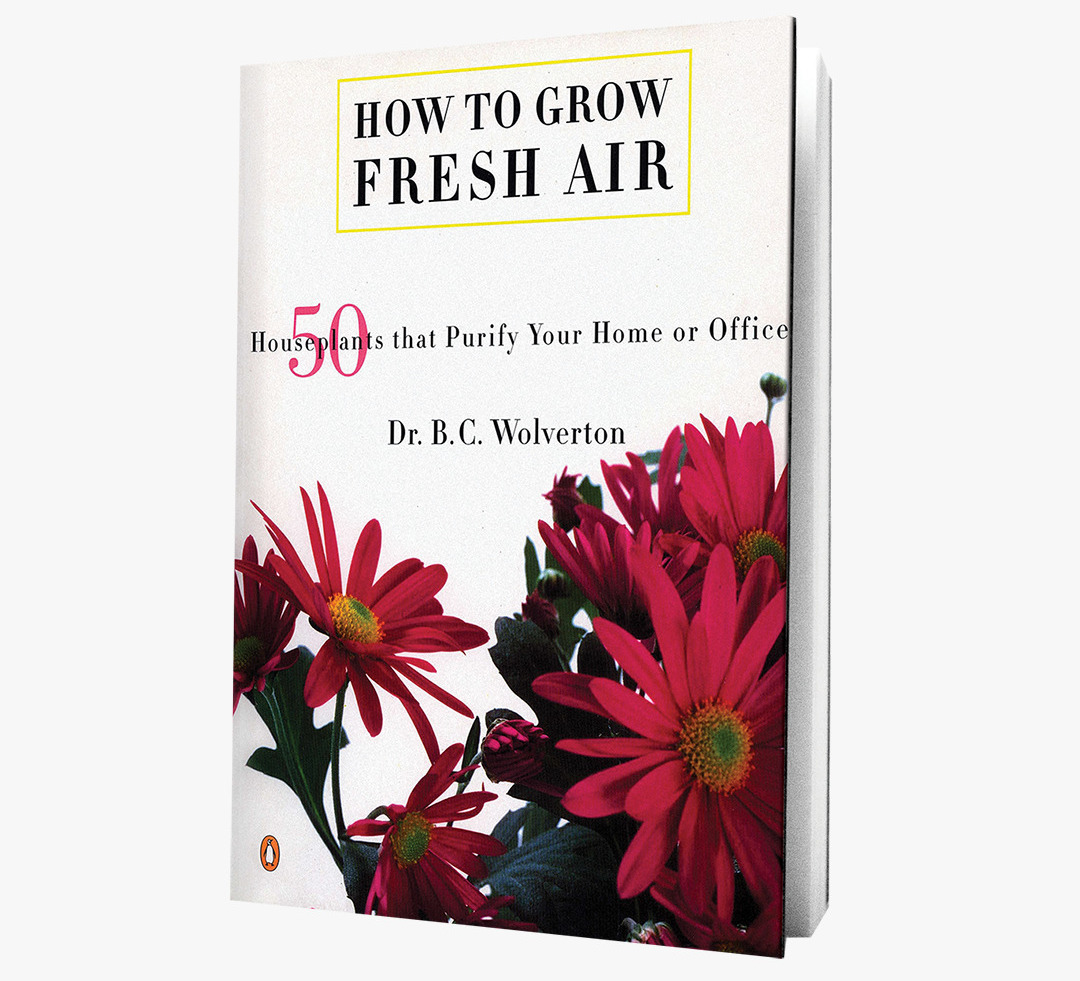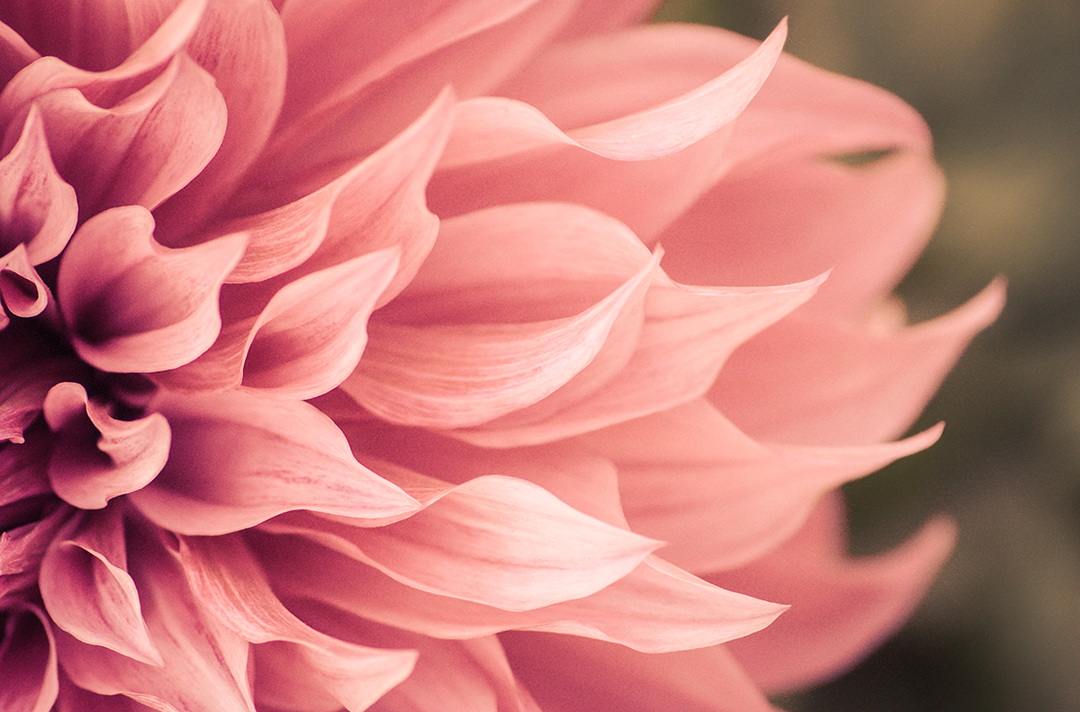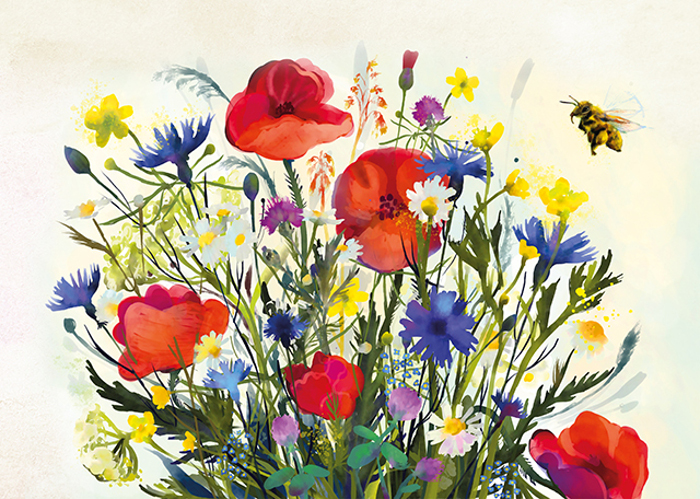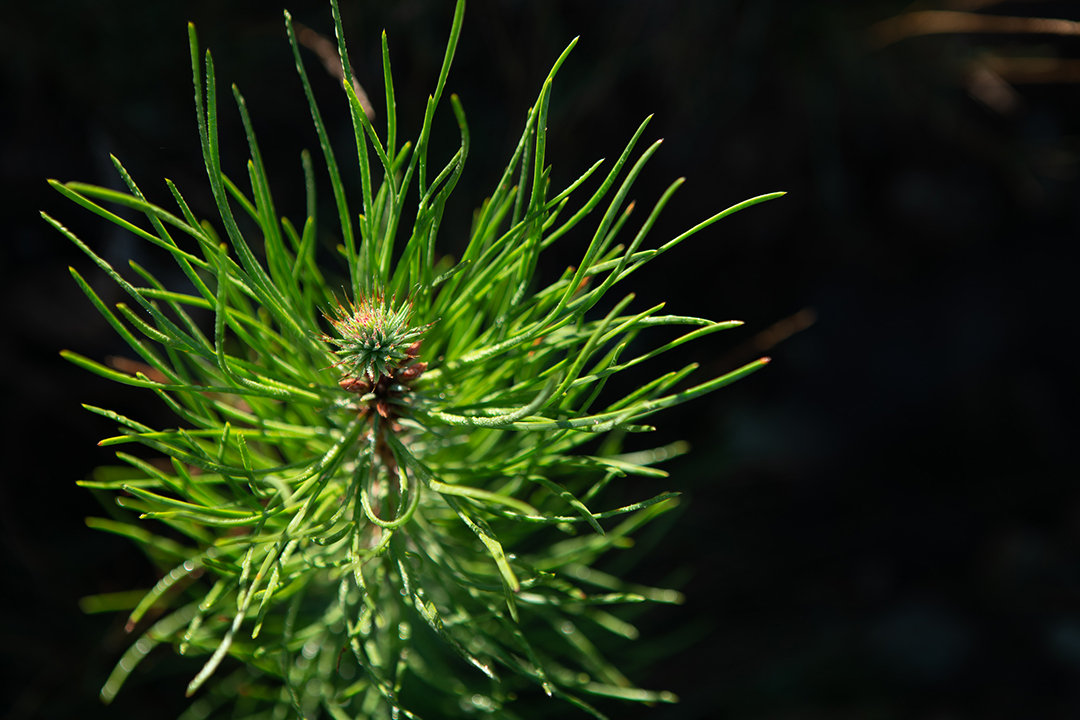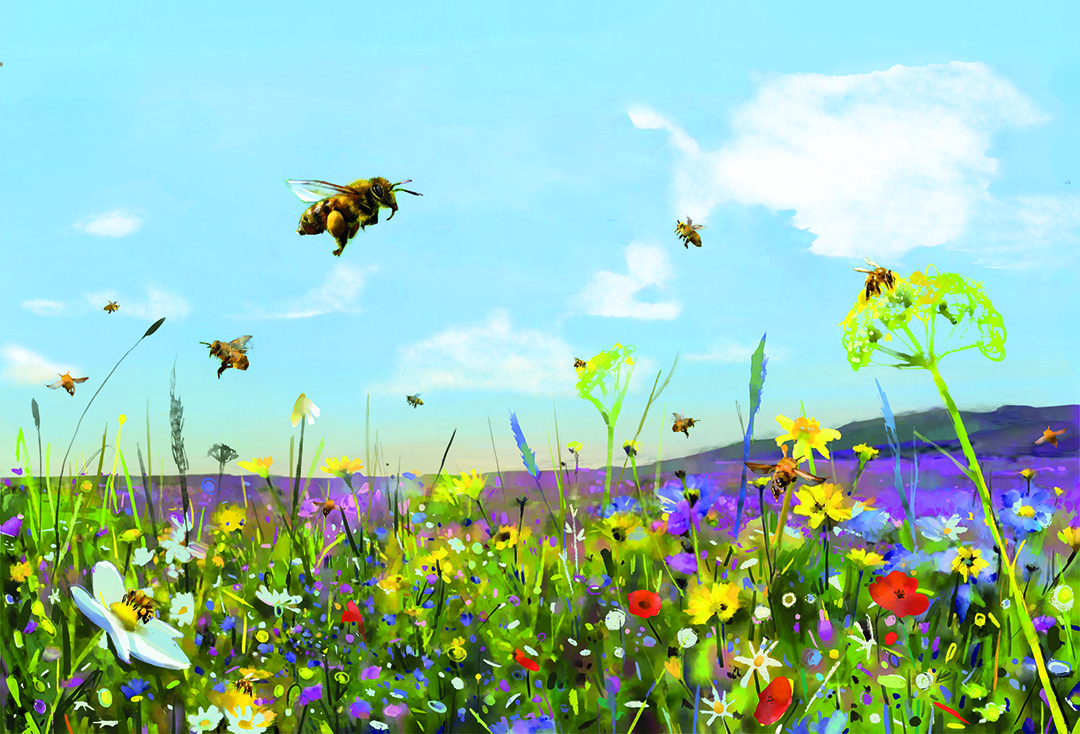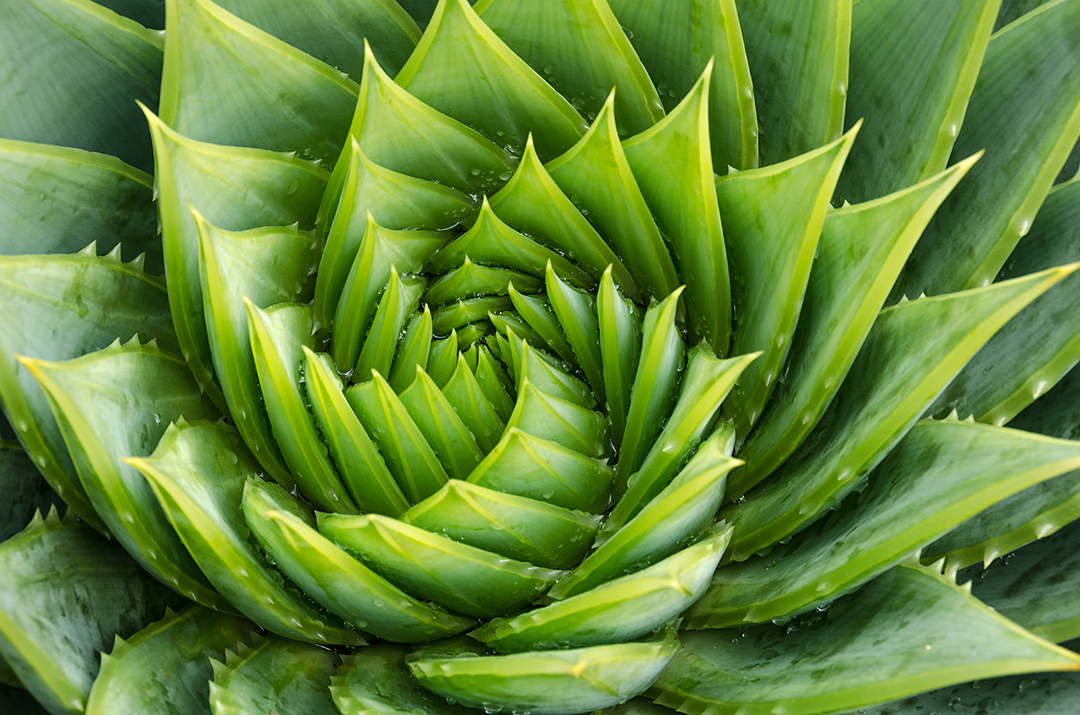
Breath of Nature
When looking at a plant, there is a list of immediate things that can surely pop into our heads. It has distinctive leaves. It has beautiful flowers. It is bearing fruit. It has the sweetest perfume. And, beyond the visible, people would recall something they learned at an early age in school: plants are life. They are crucial to the function of the biosphere by recycling CO2 and producing oxygen, while creating habitats for many organisms. A single tree can be home to hundreds of species of insects, fungi, moss, small mammals, and other plants. They are part of our diet since forever. Humans get 85% of their calories from 20 plant species and the majority comes from just three of them: wheat, rice and maize. Plants also satisfy other basic human needs such as clothing, shelter, and medicine thanks to a wide range of products they provide, from fibres to dyes, from timber to oils. They also beautify everything that surrounds them, bringing a sense of calm, relaxation and boosting one’s mood.
Therefore, no wonder we all like having indoor plants in our homes and offices. Having plants inside is an easy way to purify and freshen up the indoor air. If challenged to name sources of air pollution, most people would think of cars and airplanes exhausts, or the dark smoke from factories. However, indoor air can be much more toxic than the air outside. At home or at office, smoke, fungal spores, chemicals used in paints, varnishes and cleaning products, or poorly maintained air-conditioned systems could be harmful to the human health. And people spend a lot of time between walls.
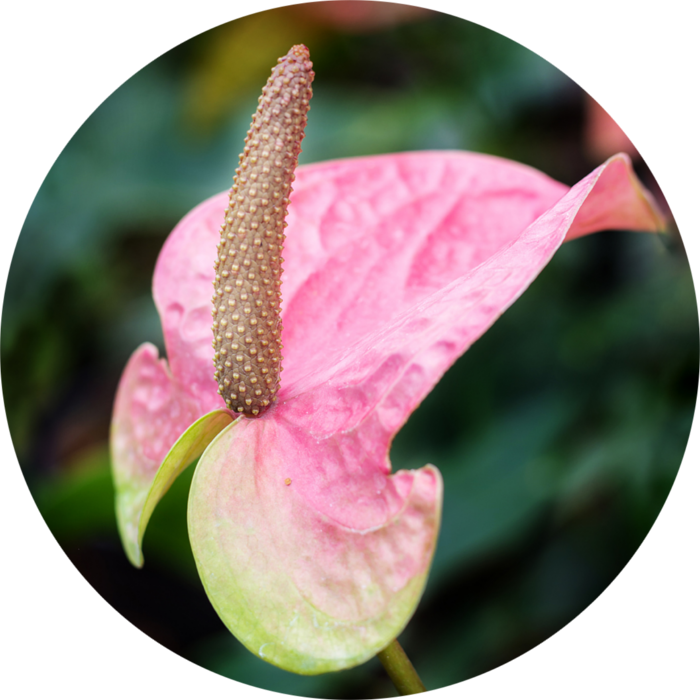
Painter’s Palette
Native to Colombia and Ecuador, is effective in removing formaldehyde, xylene, toluene, and ammonia from the air. With bright leaves and an arrow-shaped core, these flowers can stay vibrant for months.
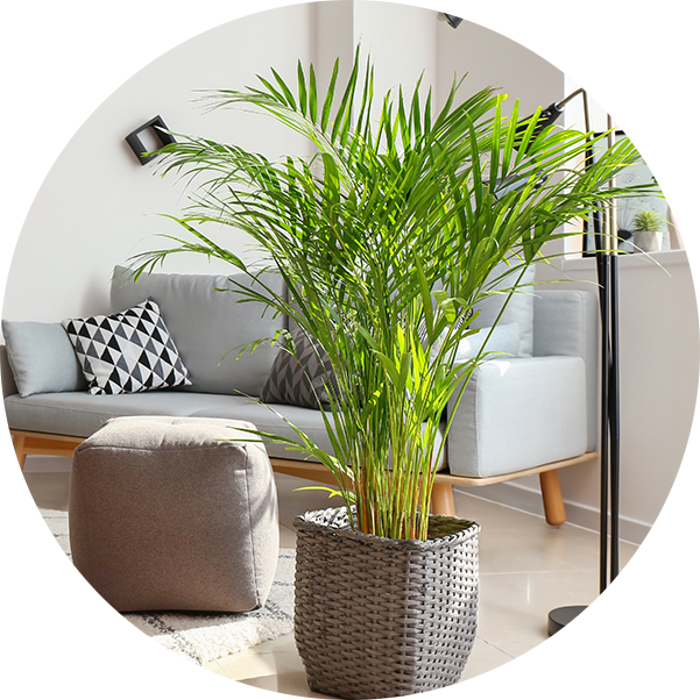
Areca Palm
This bamboo-like clustering palm grows in tropical to temperate climate zones, both as an ornamental plant in gardens and as a houseplant. It is called “Butterfly palm”, referring to the leaves which curve upwards in multiple stems to create a butterfly look. It helps remove toxins such as formaldehyde and xylene.
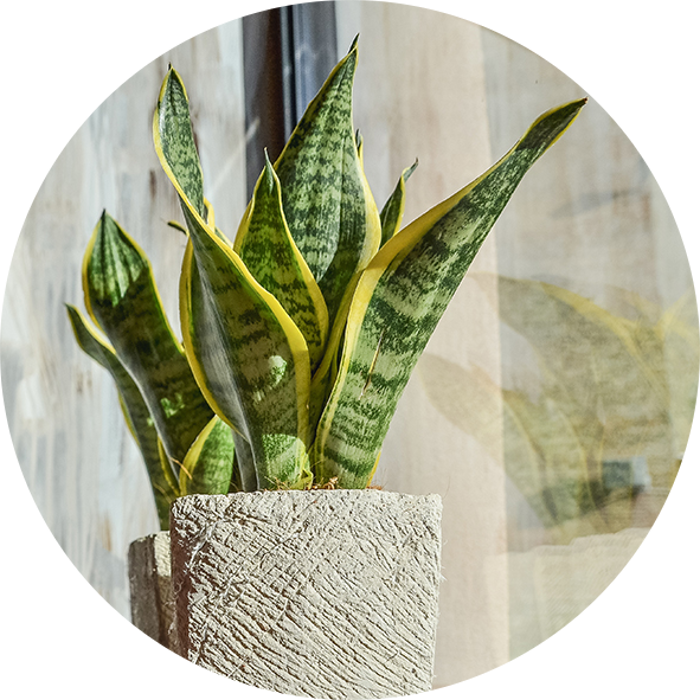
Snake plant
It’s easy to keep and doesn’t require too much water. It releases oxygen at night, helping to avoid the night snoring. Also known as Mother-in-Law’s Tongue, is one of the best plants for filtering the air of formaldehyde, xylene or benzene.
NASA CLEAN AIR STUDY
In a 1989 report, NASA set off an entire generation of research (still ongoing) into this topic led by B.C. Wolverton, head of Stennis’ Environmental Research Lab. The report, entitled “Interior Landscape Plants for Indoor Air Pollution”, detailed a study of 12 different common houseplants (from the gerbera daisy to the bamboo palm) thought to be able to remove gas concentrations from enclosed, airtight spaces. At the time, NASA was interested in finding a solution to the lack of fresh air exchange (and consequent high concentration of gases) in space stations.
The chemicals chosen for study were benzene, trichloroethylene, and formaldehyde. Preliminary results showed that the plants could play a major role in their removal in a sealed chamber and within a 24-hour period. But the most surprising finding was which parts of the plant were doing the filtering: those were the roots and soil (the researchers removed all the leaves and noticed that the air-purifying effect was only a bit less than before). In 1997, B.C. Wolverton published his findings in dozens of technical papers and in a consumer-friendly book: “How to Grow Fresh Air: 50 Houseplants That Purify Your Home or Office.” In an easy-to-understand language, he explains which plants and varieties remove the most toxins and rates each plant for the level of maintenance it requires.
